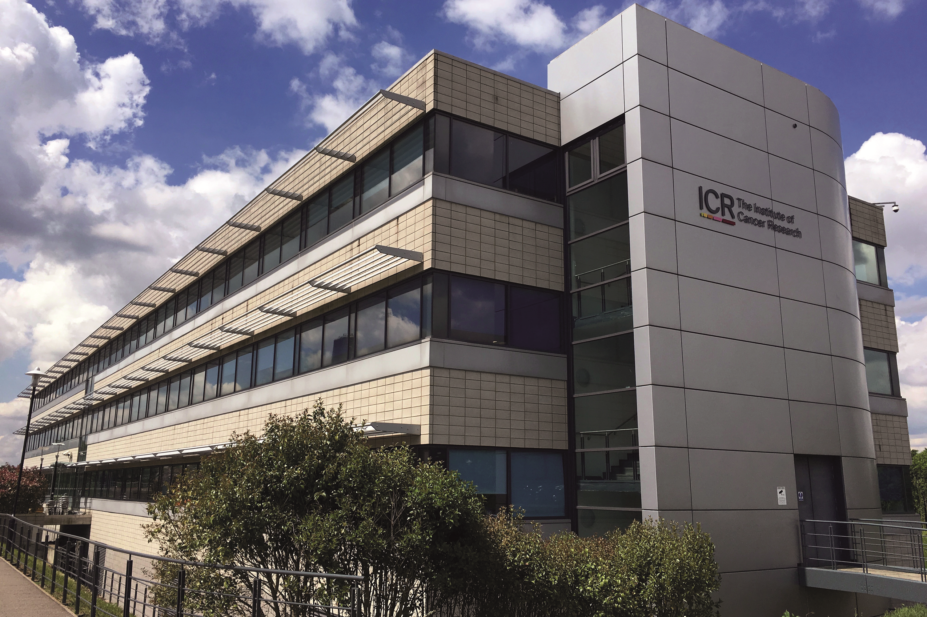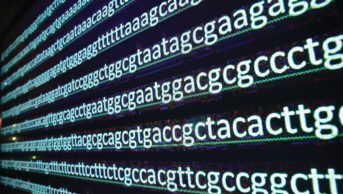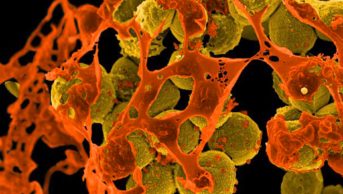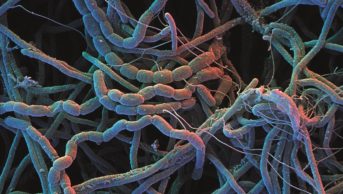
ICR
Scientists have mapped all 1,578 drugs licensed by the US Food and Drug Administration according to their mechanisms of action to help researchers visualise the ‘uncharted waters’ where they may find future treatments.
Scientists at The Institute of Cancer Research in London, which funded the research, extracted data from their own drug database, as well as databases at European Bioinformatics Institute in Cambridge and the University of New Mexico. They matched each drug with prescribing information and data from published scientific papers to build up a picture of how each existing medicine works.
The analysis, published in
Nature Reviews Drug Discovery
(online, 2 December 2016), reveals that there are just 667 unique human proteins targeted by existing approved drugs (or only 3.5% of the estimated 20,000 human proteins), and a further 189 drug targets in pathogenic organisms.
Overall, four families of proteins represent 43% of all drug targets and are the targets for 70% of all small molecular drugs. Treatment of cancer is the disease area exhibiting the most innovation through the greatest growth in ‘first-in-class’ drugs.
The medicine map will also allow researchers to identify other proteins with similar properties to the most heavily targeted protein families that could potentially be targeted by existing or modified drugs.

Source: ICR
Paul Workman says the map of 1,578 medicines will “enhance our ability… to identify the most promising future targets and treatment combinations for the next generation of cancer and other diseases”
Paul Workman, chief executive of the Institute of Cancer Research, says: “To help direct future efforts in drug discovery, we first need a very accurate and comprehensive picture of the targets of the medicines that have been created so far, what is currently working, and most importantly where there is the greatest potential for the future.”
“This new map of drugs, created through the latest computational analytical technologies, will enhance our ability to use rational, data-driven approaches to identify the most promising future targets and treatment combinations for the next generation of cancer and other diseases,” he adds.


